Clown Loach Care Guide (April 2024)

Ah, Clown Loaches. You've seen them—the black and orange stripes, the playful swimming, the borderline charismatic fin wiggles that make you wonder if they're just fish or tiny, submerged stand-up comedians. They catch your eye, but then you hear they're not just your typical "throw-'em-in-a-bowl-and-feed-'em" fish.
These striped wonders are more than just a pretty scales and stripes combo:
- Cool design? Got it.
- Socially engaging? Absolutely.
- Compatible with other bottom-dwelling fish? Certainly.
When most folks think of freshwater fish, their minds go straight to the usual suspects: goldfish, bettas, maybe even a guppy or two. But Clown Loaches brings a whole new level of fun and excitement to the tank—like the life of the party, but underwater.
Ready for some aquatic adventure? Perfect, because we're diving straight into everything Clown Loach—what they like, who they like, and how to keep them happy.
So let's get this underwater party started!
Clown Loach Care and Information
- Scientific Name: Chromobotia macracanthus
- Adult Size: 8 to 12 inches
- Temperament: Peaceful; Schooling
- Lifespan: Up to 20 years
- Care Level: Easy
- Water Temperature: 75° to 86° F
- Appearance: Bright Orange with Black Bars and Red Fins
- Water pH: 5.0-7.0
- Diet: Omnivorous
- Tank Size: 90+ Gallons
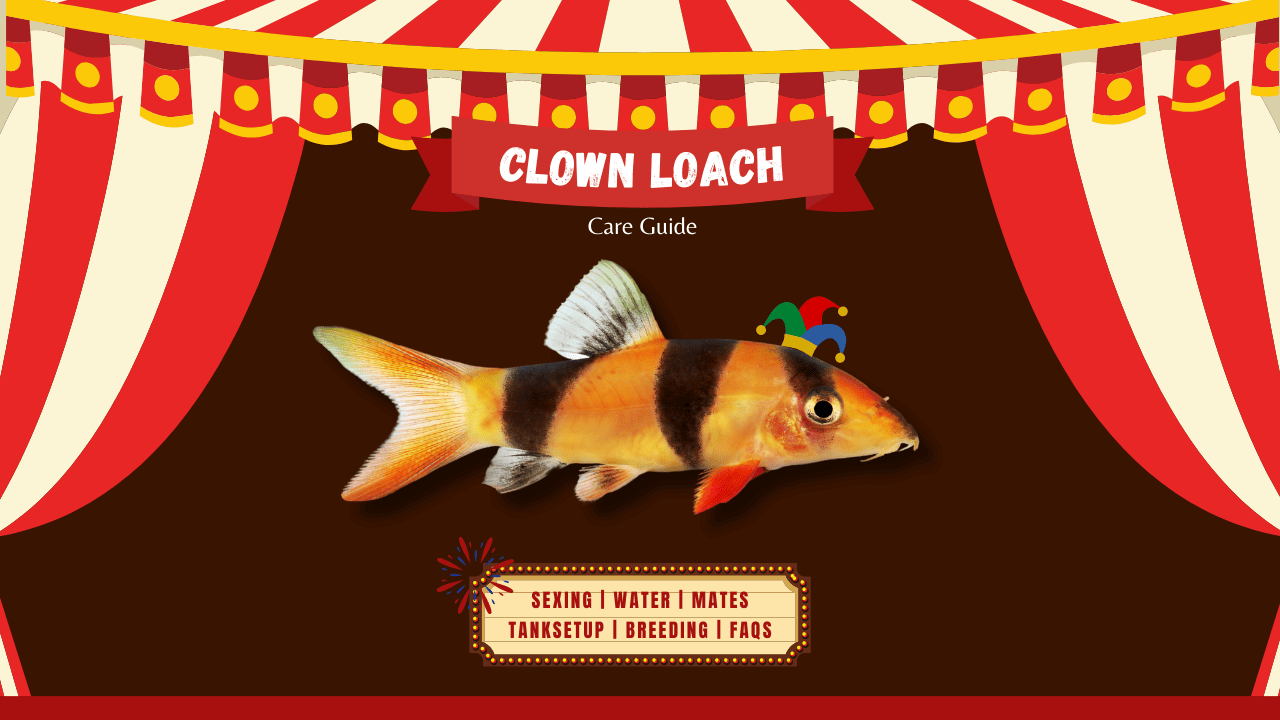
Overview of Clown Loaches
Clown Loaches, scientifically known as Chromobotia macracanthus, are vibrant freshwater fish originating from the rivers and streams of Indonesia. While they are often mistaken for saltwater clownfish (you know, the "Finding Nemo" type), they are a distinct species with unique habits and requirements.
When we think of bottom dwellers, we usually think of shy catfish and other fish species. But Clown Loaches are a delightful exception; being both active during the day and more than willing to swim out and about in the open! They also enjoy the company of both other fish species and their own kind, forming shoals that interact with each other constantly and with little fighting.
NOTE: Loaches are also some of the few aquarium fish that make audible noises! They don't have vocal cords like we do. Instead, they use their pharyngeal (throat) teeth, grinding them together to make grunts and clicks. These noises can convey aggression, mating intent, or simply enjoyment of a good meal!
Clown Loach Appearance
First impressions matter. And, let me tell you, clown loach know how to make an entrance. Their vibrant colors make them one of the more popular fish in pet stores. Imagine a with bold orange and black stripes, kinda like the tiger botia they're related to. Yeah, they're the bomb.
As they grow older, they may become a more muddy orange and their black bars fade to a deep green or brown. But their essential pattern remains the same. When young, they are fairly slim but they tend to grow quite chunky as adults!
Like most Botia, they also have a narrow, tapering mouth fringed with tiny whiskers. Like catfish, Clown Loach prefer to use these whiskers to seek out hidden morsels of food in muddy water and rocky crevices!

How Long Do Clown Loaches Live?
When well cared for Clown Loaches are very long lived. 10 years is a decent average but they are known to live up to 20 to 25 years in captivity!
So be aware that any Clown Loach you buy is the start of a long term relationship!
How Big Do Clown Loaches Get?
Size isn't everything, but it kinda matters when you're picking out a fish tank.
Adult will reach anywhere from 8 to 12 inches. And remember that they are also schooling fish that need the company of their own kind. This means that you're looking at a minimum of 90 gallons for a trio, with 125 gallons or more being better for a group of clown Loaches together.
REMEMBER: When younger, they can be kept in aquariums of 20 gallons in size but adult clown loaches grow quickly, outgrowing this small of a setup.

Sexing Clown Loaches
When it comes to distinguishing males from females, well, it's a bit like solving a Rubik's Cube blindfolded.
At first glance, they look almost identical to one another. But with a little time and attention, you can pick out the faint sexual differences between males and females once they are 3 to 4 inches in length.
Male Clown Loach are going to be more vibrantly colored than females, which tend to show an obvious muddy hue in their colors even when young. Rather than bright orange, a young Female Clown Loach will be a dirty orange or even faintly grey in color. The red tones in her fins also aren't as intense as those of males.

Optimal Water Conditions for Clown Loaches
Imagine you're a clown loach in its natural habitat—warm, slightly acidic water, just the way you like it. You'll want to replicate these conditions as closely as possible.
Keep that water quality pristine with a good canister filter and regular check-ups.
Remember these guys hail from rivers and streams of Indonesia. That means tropical temperatures ranging from 75° to 86° F (24° to 30°C). Stray from this and you might just see your Clown Loaches sporting the tropical fish-y version of a frown.
WARNING: Keep the water conditions consistent. Sub-optimal temperatures make them susceptible to diseases like ich and fin rot. Not fun.
So what's the pH deal? They are good with slightly acidic to neutral water, around the 5.0 to 7.0 pH mark. Too much alkaline, and they get stressed. Stress leads to less breeding and more sulking at the bottom of the tank the bottom of the tank.
They aren't especially sensitive to ammonia, nitrite, and nitrate, nor are they resistant. So keeping them in a mature aquarium with ample biological filtration is important. Especially once they grow into their full adult size, which means loads of fish poop for your filter to process.
Recommended Products:
Seachem Prime Fresh and Saltwater Conditioner
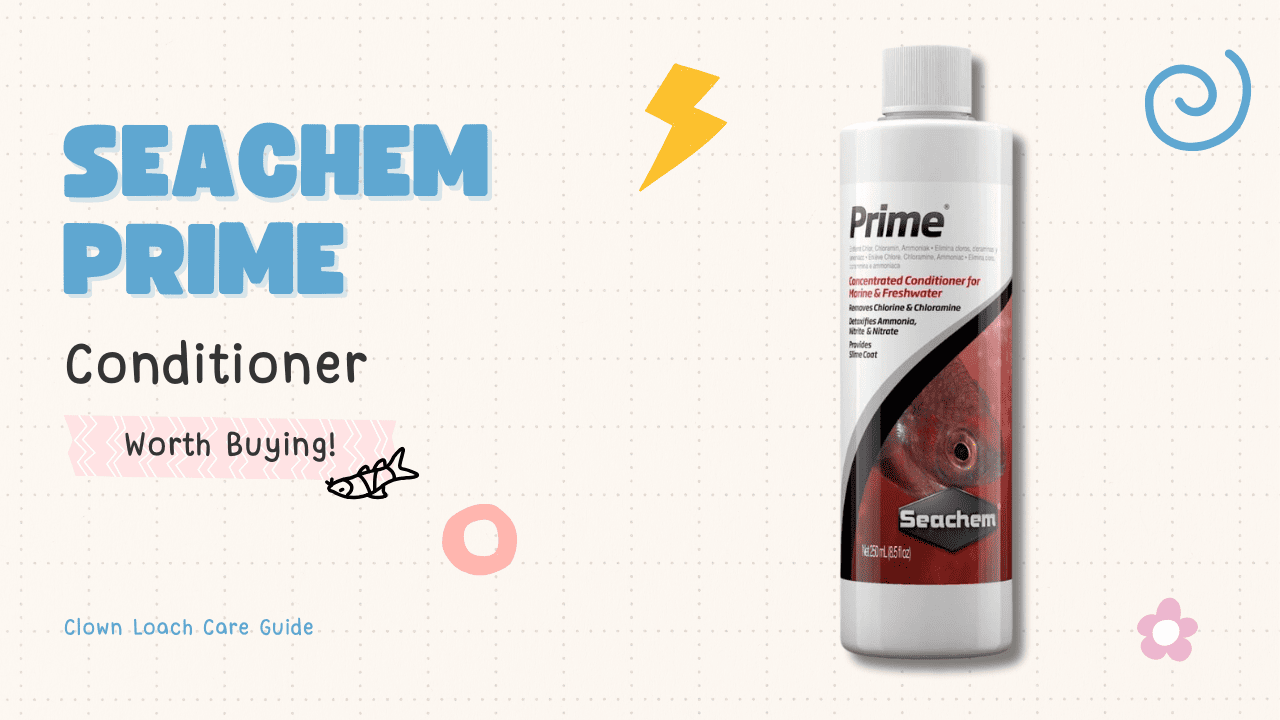
Chemical Remover and Detoxifier - Your one-stop-shop for keeping things like ammonia, nitrites, and nitrates in check. These are the mood-killers of the Clown Loach world, affecting gills and overall health.
Brightwell Aquatics Blackwater
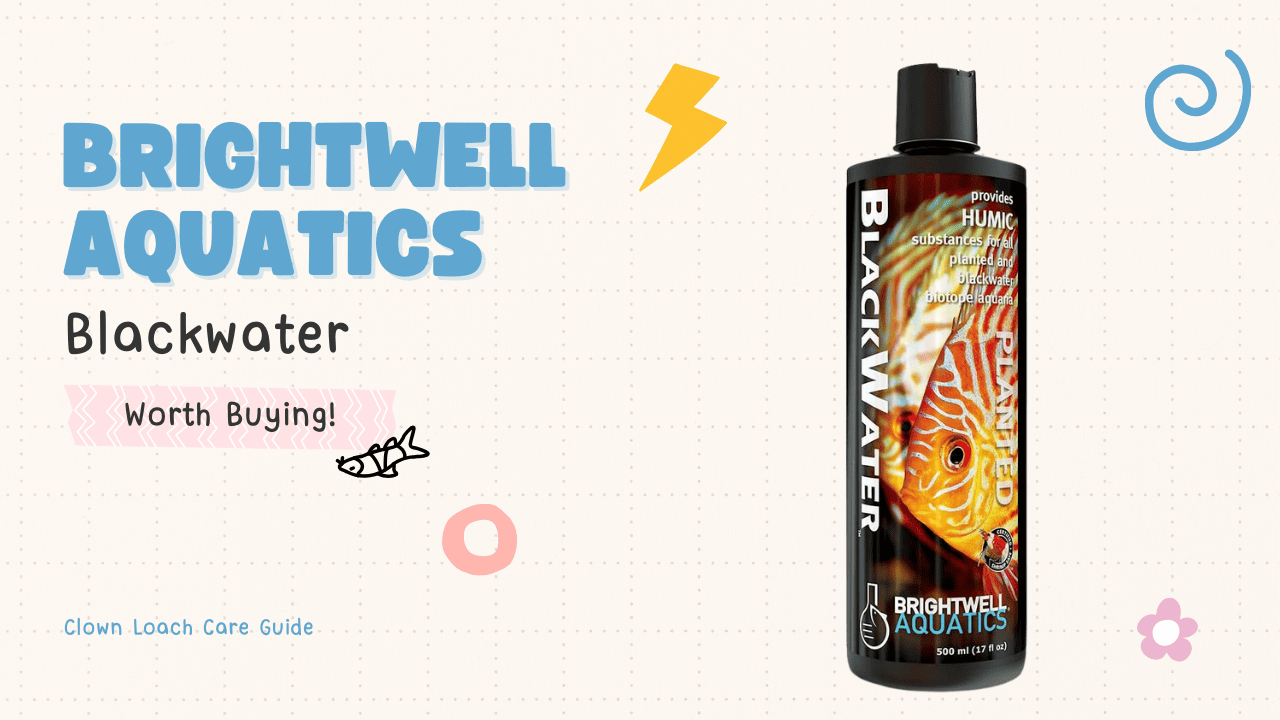
Liquid Humic Substance for Planted Freshwater Aquariums - Want to mimic the Clown Loach's natural habitat? This product helps create those blackwater conditions that make your aquarium, feel right at home.
NOTE: Being scaleless, it's important to prevent diseases from occurring with heat and clean water because they can be hypersensitive to medications. A normal dose for most fish can be stressful. So avoid ever needing to use medications on Clown Loaches.

Clown Loach Tank Setup
Alright, let's talk real estate. But don't worry, we're not flipping houses; we're setting up the ultimate Clown Loach Tank Size Haven. First rule: the minimum size tank size matters.
Clown Loaches can grow up to 12 inches, so think spacious tank, not cramped studio apartment. You're going to want at least a minimum tank size of 55-gallon, minimum tank size, to start, and if you're planning on more other community fish, even bigger is better.
Adding more Clown Loaches? Rule of thumb: add an extra 20-30 gallons per additional clown loach size here.
Tank Decorations
Setting up a tank for them is like setting the stage for an underwater Broadway show. You want drama, complexity, and a good dose of natural beauty. Aim for a setup that mimics clown loaches aggressive their wild habitat—think Indonesian riverbed.
Clown Loaches are omnivorous; they have a strong bias towards invertebrates but they do enjoy soft plants on occasion. They only nibble but you may see holes and missing leaves from juicy plants like Cabomba and Elodea. They will ignore tougher plants like Anubias, Java Fern, and Vallisneria, so plant these if you don't want to see nibbles from yours.
Here's your shopping list for an A+ Clown Loach setup:
- Plants
- Driftwood
- Fine Gravel or Sand Substrate
- Hiding Spots and Caves
- Leaf Litter and Indian Almond Leaves
These fish love to root around the bottom, looking for food with their sensitive whiskers and even burrow into the sand if they smell something tasty but hidden.
WARNING: Gravel can cause injuries to their whiskers and scratch their skin, leading to infections that are hard to treat.
Showcasing Clown Loach Tank Setups
One of the joys of owning Clown Loaches is designing their habitat. A well-thought-out tank not only keeps the loaches happy but can be an artistic statement.
Here, we highlight four distinct tank setups from fellow hobbyists that have caught our attention:
1. The Rainforest Bliss by Burnell Williams Jr
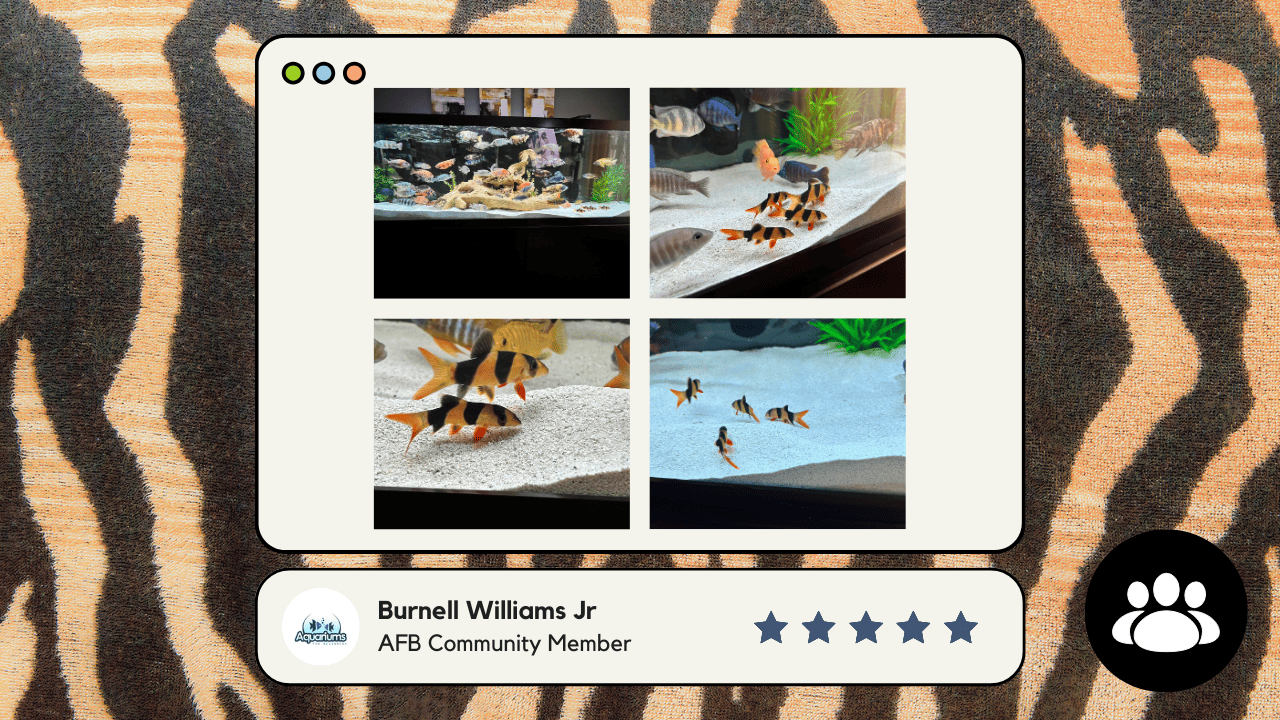
Burnell Williams Jr - "I’ve added Clown Loaches!! These are bigger than the first set keeping clown loaches I had and aren’t being bullied so far. Wish me luck!! All tips welcomed."
2. Sandy Serenity by Will Robinson

Will Robinson - "Thank you everyone for your advice. We ended up raising the temperature to 83° and doing 3 treatments of Super Ich Cure (its what Petsmart had). To try and minimize the impact to the rest of the community, we did half doses in 24 hr increments over 3 days. As of today, all the spots have cleared up and everyone is acting and feeding normally.
Well it looks like our new clown loaches brought ick with them. They were added about a week and a half ago. The spots developed over night the best I can tell and only 2 out of the 5 have the spots. I've read that raising the temperature, removing the carbon filter, adding aquarium salt, and Ich-X is the way to go. My only concern is whether or not the rest of the community can handle the salt. We have rope fish, glass cats, plecos, and bamboo shrimp in there as well. Any advice would be greatly appreciated."
3. Modern Minimalist by Keith Lovejoy

Keith Lovejoy - "Just found this page, I get paid to care take of these babies and feel very lucky to do so...mostly African and South American Ciclids, my favorite fish Clown Loaches and a smattering of Bristlenose Plecos...lots of reproduction with the Ciclids.
Twin 150 gallon tanks with separate water filtration systems (Buckyball)."
4. The Rocky Lagoon by Grace Rindlisbacher

Grace Rindlisbacher - "This is my 130 gallon show tank with Angelfish, Congo Tetras, Dwarf Fire Gouramis, a Rainbow Shark, Clown Loaches, Bristlenose Pleco and Rubberlip Pleco. The tank makes them look smaller than they are, my koi angelfish is 7 inches from fin tip to tip, the rainbow shark is at least 4 inches and those tetras have tripled in size since I got them. Hopefully my bristlenose will make an appearance so I can get a good picture, his bristles are so long!
Btw, I know I need to add some driftwood, it’s in the works."
How to Get Featured in Our Next Article!
If you're proud of your Clown Loach setup and want to share it with a community of like-minded enthusiasts, we invite you to join our Facebook group. Not only will you get a chance to be featured in our next article, but you can also showcase your beloved Clown Loaches, share tips, and learn from others in the group.
Join our Clown Loach Enthusiasts Facebook Group now!
Whether you're seeking inspiration or want to flaunt your aquatic masterpiece, our community is the perfect place for Clown Loach aficionados like you.
We can't wait to see what you've created!
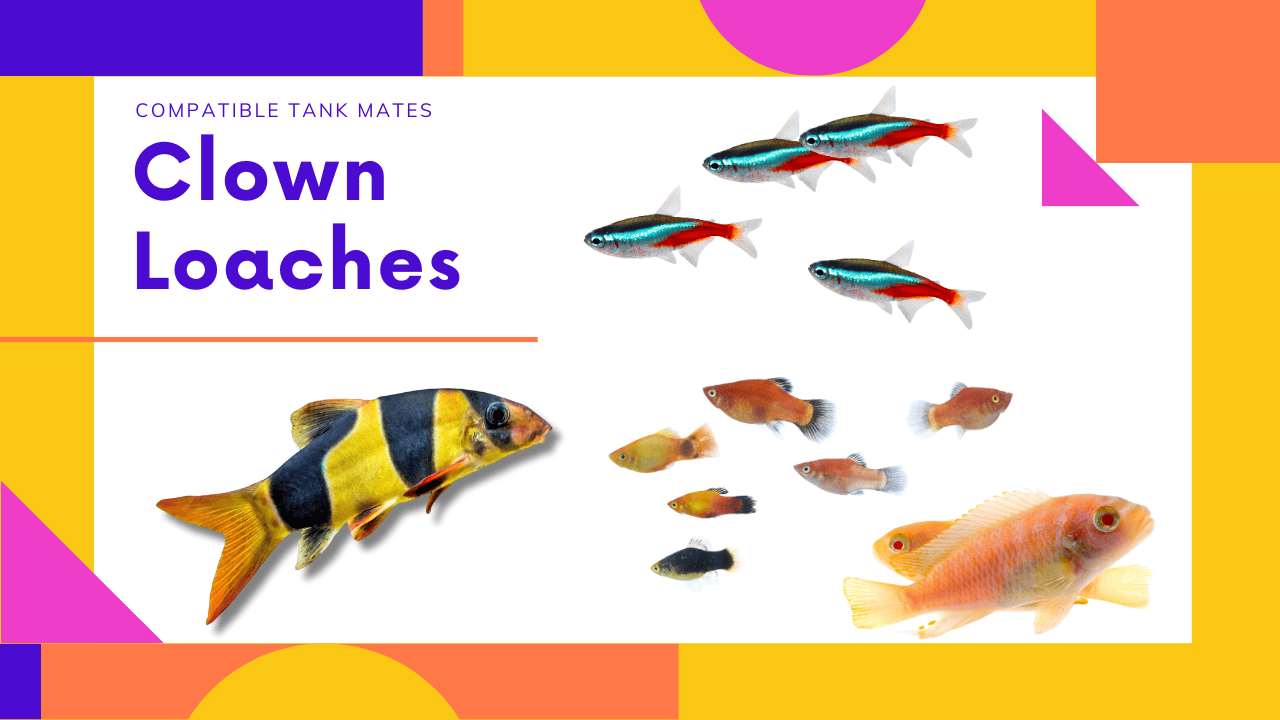
Compatible Tank Mates for Clown Loaches
Clown Loach are social fish, not lone wolves. They get along swimmingly with most other community fish and other bottom-dwelling fish, except maybe predatory fish that consider them bite-sized hors d'oeuvres.
Clown Loaches are excellent fish for a wide variety of tank mates. While they do get big they are peaceful because their mouths are too tiny to eat any but the smallest of tank mates. They also are algae eaters prefer eating worms, shrimp, food fish, and other invertebrates anyway.
You can keep Clown Loaches with any sort of peaceful fish community inhabitant. This even includes smaller fish like Neon Tetras, Bettas, and Platies. A Clown Loach will eat young fry or any eggs scattered about – but then, so will your other small fish though.
They also make great tank mates for cichlids, arowanas, and other large fish once fully grown. Just keep them away from truly aggressive or predatory fish. Since they are scaleless fish Clown Loaches have easily damaged skin that can also get infected from bites.
Other Clown Loaches are by far the most important tank mates because Clown Loaches feel most secure when there are others of their own kind around. When kept singly the Loach species may become shy and retiring, only coming out to feed.
Good tank mates for Clown Loaches include:
- Tetras, Danios, Barbs, Platies, and other Small Community Fish
- Bettas, Gouramis, Angelfish, and other Medium Sized Community Fish
- Cichlids, Arowanas, Stingrays, and other Large Community Fish
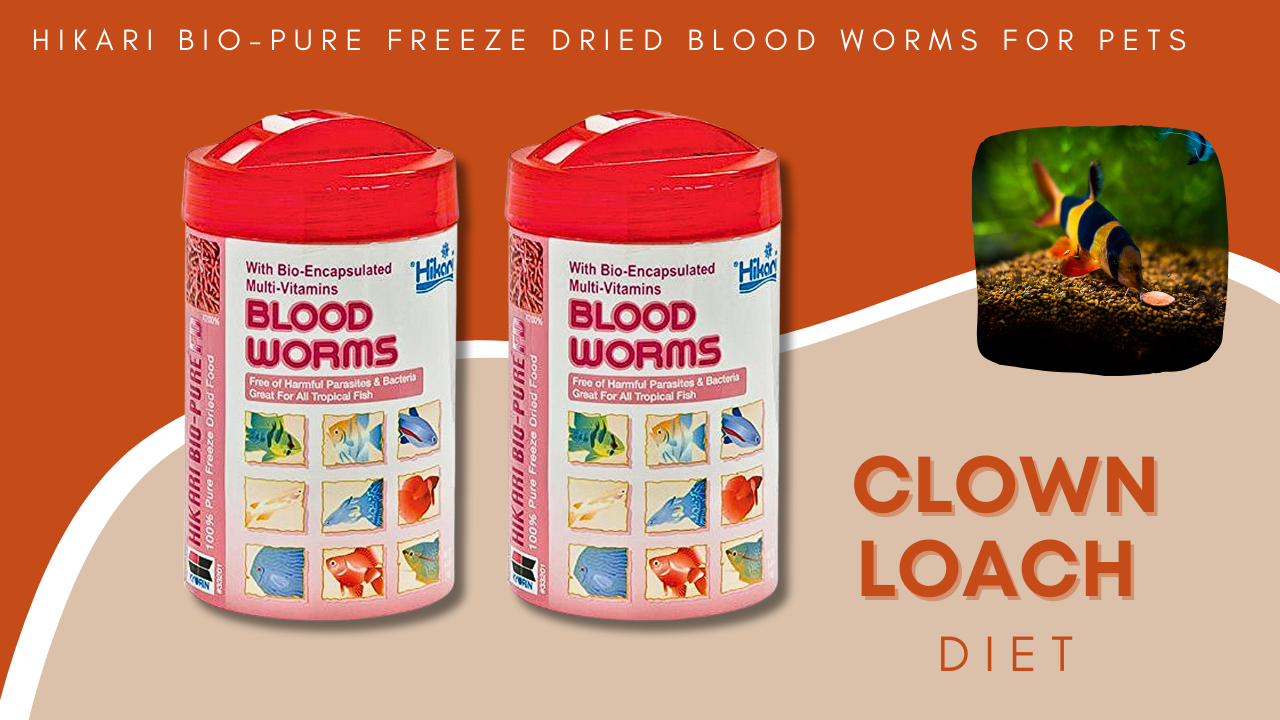
Clown Loach Diet
Like any of us, clown loaches prefer a varied diet.
Clown Loaches are true omnivores, feeding on both plant and animal matter, but they favor their carnivorous side. So you'll want to provide them with plenty of protein. Mix it up with brine shrimp, pellets, small fish, insect larvae, and an occasional treat of baby brine shrimp.
A protein-rich flake or pellet that uses fish meal, shrimp, salmon as main ingredients. Occasionally offer them some vegetable matter as well, such as blanched zucchini or spinach, for variety!
Aim for twice a day to keep your fish healthy!
Specialized for Clown Loach Diet - Hikari Bio-Pure Freeze Dried Blood Worms are a premium food option tailored to meet the nutritional needs of aquatic pets, including the clown loach species. Made using a unique freeze-drying process, these blood worms retain their natural flavor, nutrients, and shape, providing your pets with a high-quality, protein-rich diet.
Benefits:
- High Nutrient Content: Packed with essential nutrients to promote health, growth, and vitality in your aquatic pets.
- Freeze-Dried Freshness: The unique freeze-drying process preserves the natural taste, texture, and color of blood worms, ensuring maximum appeal for your fish.
- Bio-Pure Processing: This proprietary technique eradicates parasites and harmful bacteria, offering a safer alternative to live or frozen foods.
- Easy to Store: Unlike frozen blood worms, this product doesn't require refrigeration, making it convenient to store and use.
- Perfect for Clown Loaches: While suitable for a variety of freshwater fish, its size and nutritional profile are especially tailored for clown loaches, ensuring they get a diet similar to their natural preferences.
Why You Should Buy It:
When it comes to the health and happiness of your clown loach, you want nothing but the best. Hikari Bio-Pure Freeze Dried Blood Worms not only promise a diet that mirrors their natural preferences but also ensure unparalleled safety with their Bio-Pure processing.
Say goodbye to the risk of parasites and harmful bacteria.
Review: ⭐⭐⭐⭐⭐
"My clown loaches absolutely love these blood worms! I've noticed a marked improvement in their color and activity levels since I started using Hikari Bio-Pure."

How Often Should I Feed My Clown Loach?
For such large fish Clown Loaches are extremely active!
When young, you'll want to feed them three times per day, moving down to twice per day as they reach 6 inches or larger in length.
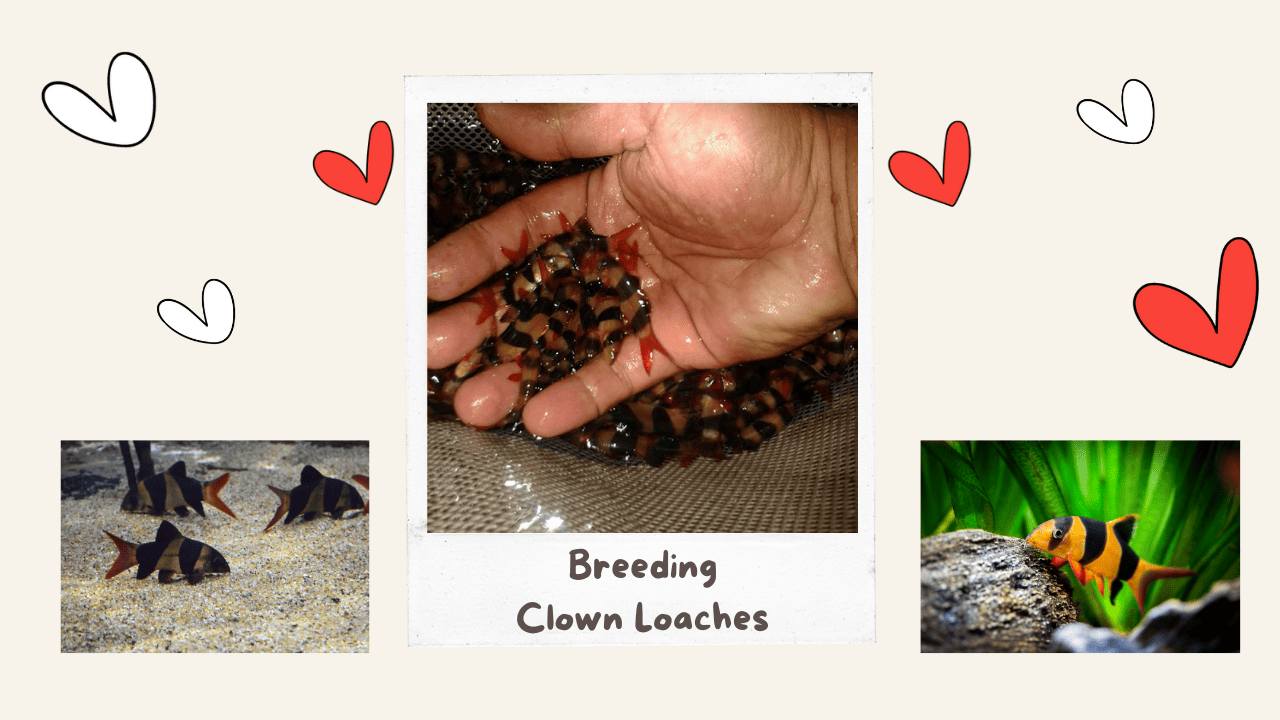
Breeding Clown Loaches
Let's talk about fish love. If you're looking to breed your clown fish or loaches, you've signed up for a challenge. Your best bet for schooling fish here? Mimic the conditions of their natural habitat as closely as possible and keep that water quality on point.
1. The Setting Matters: The Love Tank
First off, just like you wouldn't propose in a fast-food joint, Clown Loaches need their own specialized breeding environment. Get a separate tank, a spacious one—say, around 40 to 50 gallons. Fill it with soft, slightly acidic water to set the tone.
2. Decor: Less is More but More is Better
You're aiming for functional yet cozy. We're talking about lots of hiding places with driftwood, caves, and submerged floating plants, like Java moss. But don't overstuff the tank with floating plants; give these lovebirds—err, lovefish—room to swim.
3. Mood Lighting
We're looking for romance novel, not horror story. Keep the lighting subdued. Think of it as setting the mood for some fishy love magic.
How Do I Condition Clown Loaches to Spawn?
Most Clown Loaches are actually bred in captivity these days! But unfortunately, wild Clown Loaches, are almost impossible to spawn in home aquariums. This is because in the wild, they are migratory fish, kind of like salmon. They wait for seasonal cues in temperature and water conditions and then move upstream in giant schools to spawn.
Fish farms in Southeast Asia use a combination of seasonal cues, food, and hormonal treatments to induce Clown Loaches to spawn on demand in giant outdoor ponds. But this isn't really practical for a home aquarium setup.
Love, or at least spawning, is in the water. Here's how to dial up the romance:
- The Way to a Fish's Heart: Feed them the good stuff—live or high-quality frozen foods like bloodworms or baby brine shrimp too. Imagine it as the seafood dinner of their dreams.
- Turn up the Heat: Slightly elevate the water temperature, not too much, just a couple degrees. It's the Clown Loach equivalent of romantic background music.
How Can I Tell if a Clown Loach is Pregnant?
If you've got a plump, happy clown loach, chances are she's either preggo or she's just really enjoying those shrimp pellets. Keep an eye out for noticeable changes in her belly size. She will normally be slightly thicker than her male companions. But as she swells with eggs, her middle will bulge out substantially.
Also, you'll notice the males picking up on her hormones and chasing her around. Since they are egg scatterers, the males are constantly vying to be in place for the moment she's ready to spawn!

Frequently Asked Questions for Clown Loach Care
Are Clown Loaches Good Beginner Fish?
Ehh, they're somewhere in the middle. Look, clown loaches aren't the simplest fish to start with but they're also not like trying to decode the enigma of human emotions.
If you can handle feeding clown loaches a variety of food fish like sinking pellets and keeping a good eye on the water quality, you're already halfway there.
Are Clown Loaches Aggressive?
Aggressive? Nah, these dudes are more like class clowns than bullies. But they do have a dorsal fin that’s like a Swiss Army knife. It can pop up if they feel threatened, but mostly they're all about good vibes.
Generally, a peaceful fish but may playfully chase a few fishes around the tank.
Are Clown Loaches Easy to Breed?
Listen, nothing good ever came easy, and that includes breeding these aquarium clown loaches. If you're a fish matchmaking maestro, you might pull it off.
What is Clown Loach Disease and How Can it be Prevented?
Ah, the dreaded question. First, we're talking about tropical fish here, not bulletproof superheroes. They're susceptible to things like Ich.
Prevention? A spacious tank with submerged plants for hiding and top-notch filtration is a good start. Consider it their wellness retreat.
Can Clown Loaches Live in a Community Tank with Other Fish?
Put it this way: if there was a party in the fish tank, clown loaches would be the ones spiking flakes. They're community dudes, as long as you're not throwing them in with something that has “Jaws” vibes.
More clown loaches usually make for happier and keeping clown loach fish.
What is the Difference Between Clown Loaches and Other Types of Loaches?
Imagine keeping loach fish and a, let’s say, accountant fish. Clown loaches are colorful, they have that eye-catching tail fin, and they like a bit more social interaction.
Other types of clown loaches though? Not so much.
Can I Keep Clown Loaches Together?
Absolutely! In fact, aim for a group of at least five fish for maximum social interaction.
In fact, a single clown loach is like watching a stand-up comic without an audience. Kinda sad.
How Many Clown Loaches Should I Keep?
This is a Goldilocks situation. Not too few, not too many, but just right.
Aim for a small group—think of them as your underwater entourage. Always consider your tank size; more clown loaches need a more spacious tank. Think luxury condo, not cramped studio apartment.
Ready to Dive Even Deeper into Fish Care?
Check out these related articles:
And if you found this helpful, don't forget to join our Facebook Group "Aquarium for Beginners," where over 460k members and other fish and hobbyists share tips, guides, and yes, even memes.

Conclusion
Congratulations!
A one-stop-shop for all the fish intel you were fishing for (see what I did there?). Clown loaches are the spice in the generally bland soup of aquarium fish. Sure, they have their quirks, like the ability to eat snails, but they bring vibrant energy to any fish tank.
Whether you're an aspiring aquarist or you’ve been in the game long enough to consider yourself the Gordon Ramsay of fish tanks, there's always room for a clown loach—or a few—in your underwater haven.
So why wait? Dive into the delightful world of keeping clown loaches and experience firsthand what makes these tropical freshwater fish' playful behavior so irresistible.
Swim you later!
No comments

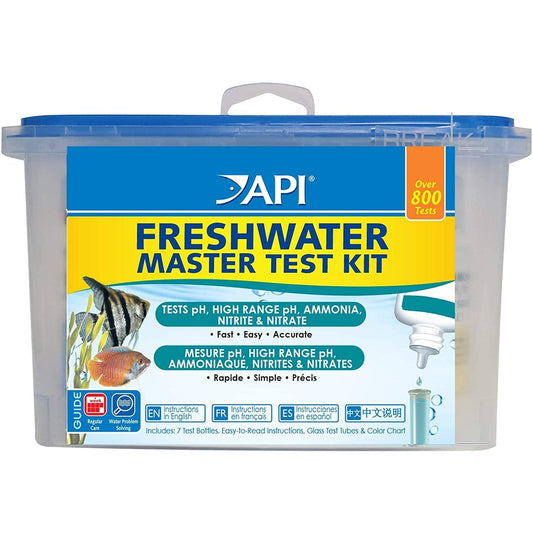
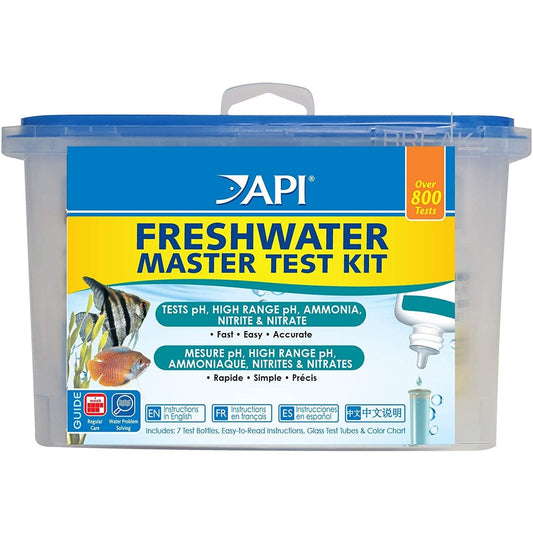




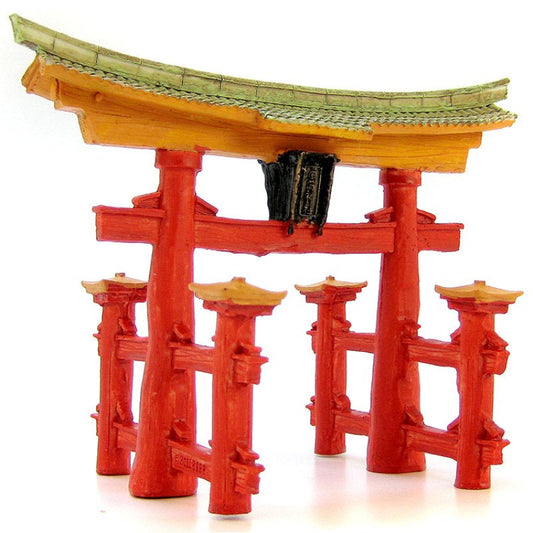


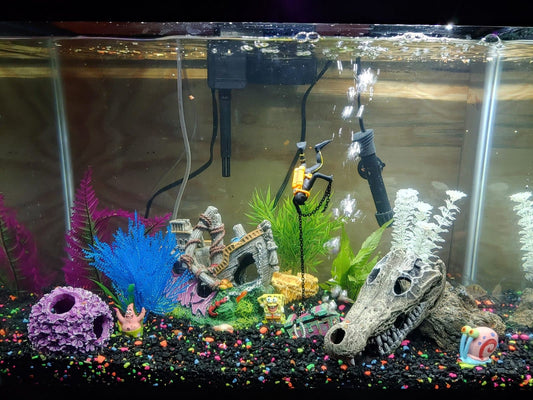



0 comments